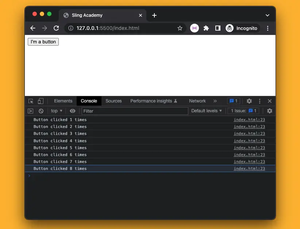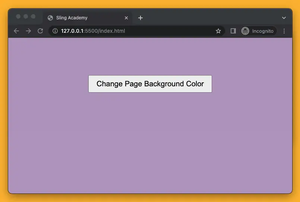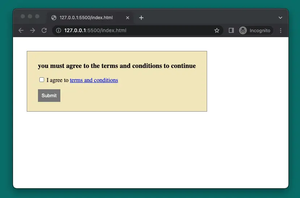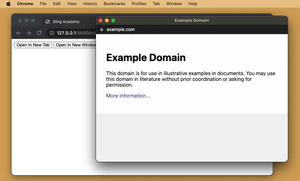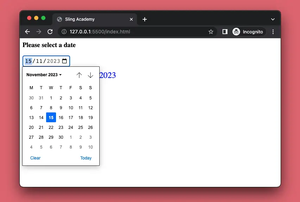In the digital age where content consumption is predominantly online, safeguarding premium content is a major concern for providers. JavaScript Encrypted Media Extensions (EME) is a web specification designed to enable smooth, secure, and encrypted streaming video and audio content in browsers. Let’s delve into how web developers can leverage JavaScript EME to protect premium content.
Understanding JavaScript Encrypted Media Extensions
Encrypted Media Extensions (EME) is a browser API that allows developers to easily integrate protected content without plugin reliance. It communicates with Content Decryption Modules (CDM) to decrypt the protected content for playback.
For video providers, implementing EME is critical for supporting Digital Rights Management (DRM) without compromising on performance or video quality while ensuring protected content stays secure.
Getting Started with EME
Before diving into code, it's essential to ensure your content is encrypted using DRM systems like Microsoft's PlayReady, Google's Widevine, or Apple FairPlay—a process typically conducted through Adaptive Bitrate Streaming protocols like MPEG-DASH or HLS.
Let's go through basic steps to set up JavaScript-based EME:
1. Set Up Media Source Extensions (MSE)
EME often works in conjunction with Media Source Extensions (MSE) to facilitate smooth streaming.
const videoElement = document.createElement('video');
if ('MediaSource' in window && MediaSource.isTypeSupported('video/mp4; codecs="avc1.42E01E, mp4a.40.2"')) {
const mediaSource = new MediaSource();
videoElement.src = URL.createObjectURL(mediaSource);
}2. Requesting Key Systems
Next, request permission from the desired key system DRM. This is initiated by the requestMediaKeySystemAccess() API call.
async function requestKeySystem() {
if (!('requestMediaKeySystemAccess' in navigator)) {
console.error('EME API not supported');
return;
}
const config = [{
initDataTypes: ['cenc'],
audioCapabilities: [{
contentType: 'audio/mp4; codecs="mp4a.40.2"'
}],
videoCapabilities: [{
contentType: 'video/mp4; codecs="avc1.42E01E"'
}]
}];
try {
const keySystemAccess = await navigator.requestMediaKeySystemAccess('com.widevine.alpha', config);
const mediaKeys = await keySystemAccess.createMediaKeys();
await videoElement.setMediaKeys(mediaKeys);
} catch (error) {
console.error('Failed to obtain MediaKeySystemAccess', error);
}
}3. Handle Encrypted Events
Once keys system access is granted, you need to react to encrypted data by handling "encrypted" events. This gives you an opportunity to send the initialization data to the license server and obtain a license.
videoElement.addEventListener('encrypted', async (event) => {
const {initDataType, initData} = event;
// Send this initData to license server and request a license
const license = await obtainLicense(initDataType, initData);
const keySession = videoElement.mediaKeys.createSession();
await keySession.update(license);
});
async function obtainLicense(initDataType, initData) {
// Function to occur submit to license server and obtain license
}Optimizing User Experience
Apart from integrating EME, consider optimizing UX by ensuring:
- Graceful Degradation: Have a fallback for browsers that do not support EME.
- User Informed Consent: Notify users about video encryption in compliance with GDPR and similar protocols.
- Error Handling: Implement thorough error checks and provide appropriate user feedback.
Final Thoughts
Implementing JavaScript EME might seem complex, but it represents the future of safely delivering content in a world where online consumption is only rising. Pay careful attention to handling encrypted events and interacting with DRM licenses. By preparing encrypted content while adopting EME, you can ensure your projects deliver high-quality, secure media, thus reaching a larger audience without compromizing privacy or content safety.


